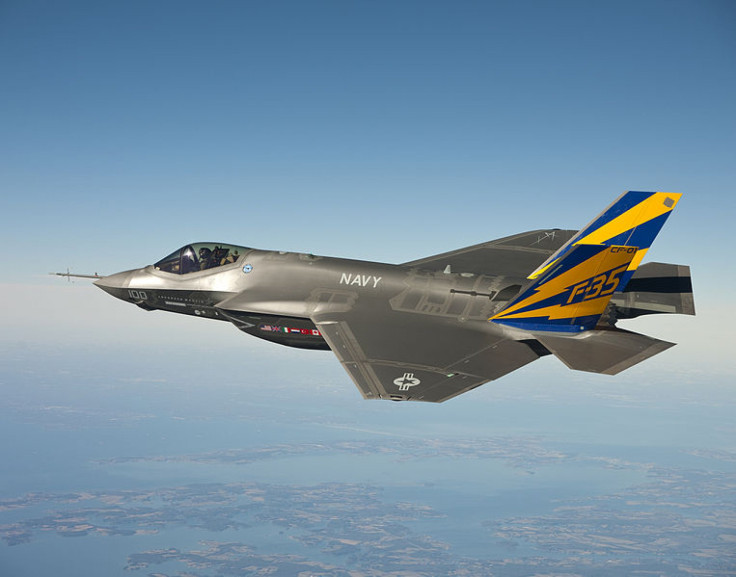Pentagon, Lockheed Martin Reach Agreement For 71 Cheaper F-35 Aircraft As Sequestration Impacts Defense Budget

The U.S. Department of Defense, on Tuesday, reached an agreement with Lockheed Martin Corporation (NYSE:LMT) for the purchase of 71 more F-35 fighter jets at lower prices, which will allow the Pentagon to buy as many aircraft as previously planned, despite cuts in defense spending that have been in place since March.
The deal, involving two contracts for separate deliveries of a sixth batch of 36 jets and a seventh batch of 35 jets, both at a 4 percent discount, is estimated to be worth more than $7 billion, news reports said, citing unnamed sources familiar with the matter.
But, a joint official statement, issued by the company and the defense department, did not provide an exact figure for the deal and only said that it is an in-principle agreement for now and cost details are still in the works. The production of the low-cost jets by Lockheed Martin has been termed as Low-Rate Initial Production, or LRIP.
“A decrease in F-35 LRIP 6-7 unit costs, coupled with negotiating lower prices on a number of other smaller contracts, will allow the Department to purchase all the aircraft originally planned, including those that were in jeopardy of being cut due to sequestration budget impacts,” Lockheed Martin said in a statement.
The F-35 is part of the defense department’s biggest weapons program and Pentagon officials, under budgetary pressures, have been pushing for lower prices to sustain the original scale of the program.
“There is still work to be done, but these agreements are proof the cost arrow is moving in the right direction. We will continue to work with industry to identify areas for savings in future production contracts,” Lt. Gen. Chris Bogdan, F-35 Program Executive Officer, said in the statement.
Lockheed Martin generates about 15 percent of its revenues from the F-35 program and expects that percentage to grow in coming years, Chief Financial Officer Bruce Tanner was quoted as saying by Reuters last week.
Deliveries of the sixth batch of F-35 jets will begin by mid-2014, followed by the seventh batch from mid-2015, Lockheed Martin said in the statement.
The company has delivered 67 F-35 aircraft so far, and the U.S. and eight partner nations are planning to purchase a total of more than 3,100 F-35 fighters in the coming years, according to the statement.
© Copyright IBTimes 2024. All rights reserved.




















